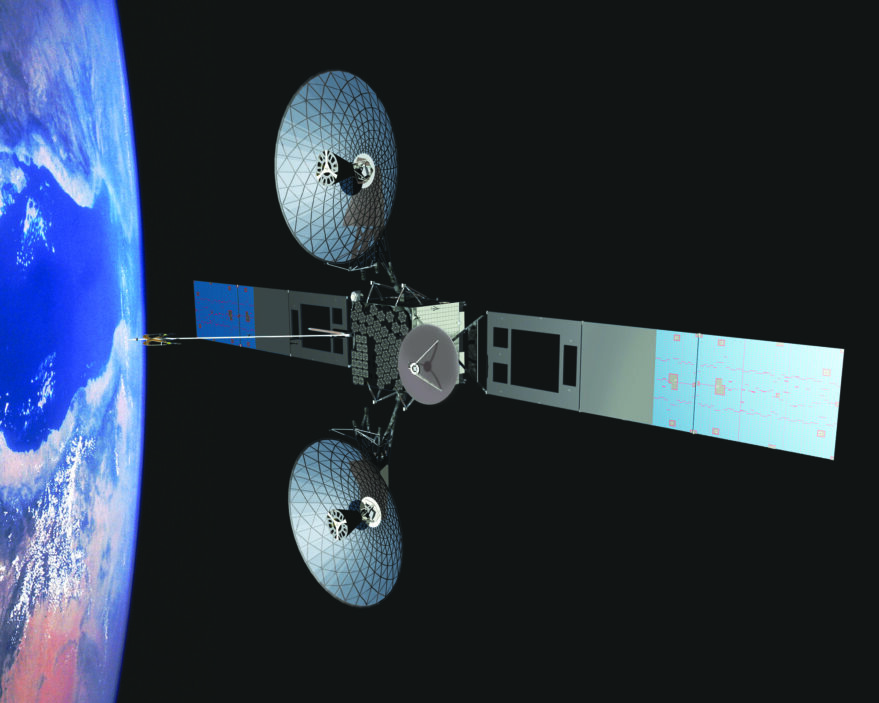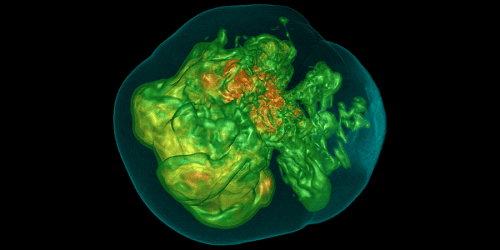SES tests MEO-LEO data relay capability

TAMPA, Fla. — SES has successfully tested a stable relay communications link between one of its satellites in medium Earth orbit and a low Earth orbit (LEO) flight-representative terminal on the ground, the operator announced June 5.
SES Space & Defense, the Luxembourg company’s U.S.-based subsidiary, said the tests validated the Ka-band terminal it aims to demonstrate in LEO early next year as part of a $29 million Communications Services Project (CSP) contract from NASA.
San Francisco-based Planet, which operates an Earth imagery constellation, is a subcontractor and is providing the LEO terminals.
SES said Planet’s flight modem performed as expected throughout the tests but did not provide technical details.
The demonstration follows similar tests the companies conducted in November with a LEO flight-representative terminal on the ground and an SES satellite farther away from Earth in geostationary orbit. That demonstration established a link for Telemetry, Tracking and Command relay services using lower-capacity C-band radiowaves.
SES is one of six companies that were awarded a CSP contract in 2022, worth a total $279 million, to demo a commercial alternative to the geosynschronous Tracking and Data Relay Satellites (TDRS) the agency is retiring.
TDRS relay signals between spacecraft, including the International Space Station, and ground control stations, reducing the data latency of LEO satellites that typically must wait for a direct line-of-sight to a ground station to communicate.
NASA aims to have a commercial alternative in place by 2030 as the TDRS fleet is gradually decommissioned.
“With this end-to-end test and demonstration of capabilities, we were able to successfully showcase a complete data flow through our LEO Relay System (LRS) service,” SES Space & Defense president and CEO David Fields said in a statement.
“The data measurement results validated our multi-band commercial space relay service, set the stage for the flight demonstration as the next step, and for the future launch of the operational service offering.”
The other CSP award winners are SpaceX, Amazon’s Kuiper Government Solutions, Telesat U.S. Services, Viasat and Inmarsat Government.
Viasat, which acquired Inmarsat last year, recently announced partnerships with Loft Orbital and Rocket Lab to provide the LEO satellites needed to demonstrate relay terminals with its geostationary fleet in Ka and L-band.
A Loft Orbital mission scheduled to launch in the fall of 2025 would demonstrate high-capacity Ka-band relay links in orbit. A Rocket Lab demo is slated for early 2026 to test space relay capabilities in Ka-band and telemetry, tracking and command services in L-band.
Related
Read the original article here




